-
 Bitcoin
Bitcoin $108,700.4640
0.83% -
 Ethereum
Ethereum $2,605.9626
2.94% -
 Tether USDt
Tether USDt $1.0003
0.03% -
 XRP
XRP $2.3080
2.38% -
 BNB
BNB $661.8185
0.41% -
 Solana
Solana $151.9189
2.27% -
 USDC
USDC $0.9999
0.01% -
 TRON
TRON $0.2876
0.27% -
 Dogecoin
Dogecoin $0.1714
2.83% -
 Cardano
Cardano $0.5876
2.17% -
 Hyperliquid
Hyperliquid $39.0322
3.58% -
 Bitcoin Cash
Bitcoin Cash $503.6852
1.77% -
 Sui
Sui $2.8947
1.94% -
 Chainlink
Chainlink $13.8915
4.90% -
 UNUS SED LEO
UNUS SED LEO $9.1302
0.91% -
 Stellar
Stellar $0.2594
5.13% -
 Avalanche
Avalanche $18.1436
1.84% -
 Shiba Inu
Shiba Inu $0.0...01183
2.18% -
 Toncoin
Toncoin $2.8134
2.69% -
 Hedera
Hedera $0.1609
3.12% -
 Litecoin
Litecoin $87.6209
2.06% -
 Monero
Monero $315.5272
0.05% -
 Polkadot
Polkadot $3.4261
2.45% -
 Dai
Dai $1.0000
0.00% -
 Ethena USDe
Ethena USDe $1.0006
0.04% -
 Bitget Token
Bitget Token $4.3062
0.41% -
 Uniswap
Uniswap $7.6138
3.75% -
 Aave
Aave $291.6223
4.79% -
 Pepe
Pepe $0.0...01006
2.60% -
 Pi
Pi $0.4639
1.68%
How to access Gate.io's API and use it for trading?
Gate.io's API enables traders to automate strategies, execute trades, and manage accounts programmatically, enhancing trading efficiency.
Apr 20, 2025 at 07:35 pm
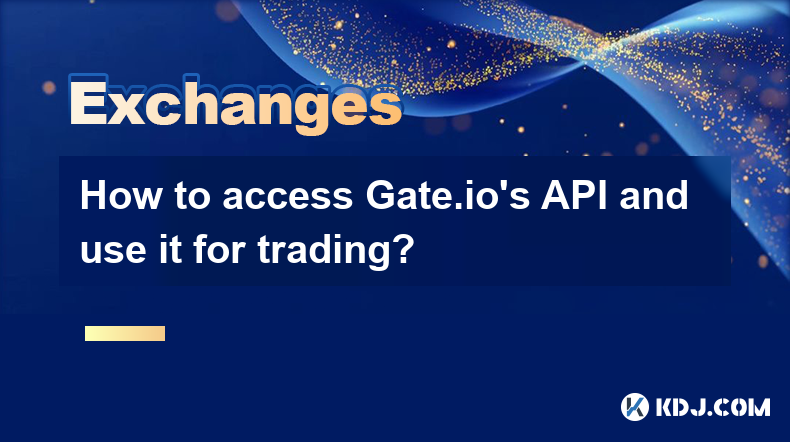
Introduction to Gate.io's API
Gate.io is a popular cryptocurrency exchange that offers a robust API for users to automate and enhance their trading strategies. Accessing and using Gate.io's API allows traders to programmatically interact with the exchange, execute trades, retrieve market data, and manage their accounts. This article will guide you through the process of accessing Gate.io's API and utilizing it for trading purposes.
Registering and Setting Up an API Key
Before you can use Gate.io's API, you need to register for an account and set up an API key. Here's how you can do it:
- Log into your Gate.io account. If you don't have an account, you'll need to sign up first.
- Navigate to the API Management section. This can usually be found under the "Account" or "Settings" menu.
- Create a new API key. You will be prompted to enter a name for your API key and set permissions. Make sure to only grant the necessary permissions to maintain security.
- Save your API key and secret. These will be used to authenticate your API requests. Keep them secure and do not share them with anyone.
Understanding Gate.io's API Documentation
To effectively use Gate.io's API, it's crucial to familiarize yourself with their documentation. The API documentation provides detailed information on endpoints, parameters, and response formats. Here are some key sections to focus on:
- Endpoints: These are the URLs you will use to send requests to Gate.io. Endpoints are categorized based on their function, such as trading, account management, and market data.
- Authentication: Learn how to properly authenticate your requests using your API key and secret. This usually involves generating a signature and including it in your request headers.
- Rate Limits: Understand the rate limits imposed by Gate.io to avoid hitting them and getting your API access temporarily blocked.
- Examples: The documentation often includes examples of API requests and responses, which can be very helpful for beginners.
Making Your First API Request
Once you have your API key set up and have familiarized yourself with the documentation, you can start making API requests. Here's a step-by-step guide to making your first request:
- Choose an endpoint: Decide what you want to do. For example, if you want to get the current market price of a specific cryptocurrency, you might use the
/api/v4/spot/tickersendpoint. - Prepare your request: Depending on the endpoint, you may need to include parameters in the URL or the request body. For example, to get the ticker for BTC/USDT, you might use the URL
https://api.gateio.ws/api/v4/spot/tickers?currency_pair=BTC_USDT. - Authenticate your request: If the endpoint requires authentication, you'll need to generate a signature using your API secret and include it in the request headers.
- Send the request: Use a tool like cURL or a programming language's HTTP library to send the request to the chosen endpoint.
- Parse the response: Once you receive a response, you'll need to parse it to extract the relevant information. Most responses will be in JSON format.
Executing Trades Using the API
One of the primary uses of Gate.io's API is to execute trades automatically. Here's how you can place a buy or sell order using the API:
- Choose the appropriate endpoint: For placing orders, you'll typically use the
/api/v4/spot/ordersendpoint. - Prepare your order parameters: You'll need to specify the currency pair, the type of order (market or limit), the side (buy or sell), and the amount or price. For example, to place a limit buy order for 1 BTC at $30,000, you might use the following parameters:
{
"currency_pair": "BTC_USDT",
"type": "limit",
"side": "buy",
"amount": "1",
"price": "30000"
} - Authenticate and send the request: As with any authenticated endpoint, you'll need to generate a signature and include it in the request headers.
- Check the response: The API will return a response indicating whether the order was successfully placed. You can then use other endpoints to check the status of your order.
Managing Your Account and Balances
In addition to trading, you can use Gate.io's API to manage your account and check your balances. Here are some key endpoints for these purposes:
- Get Account Balance: Use the
/api/v4/spot/accountsendpoint to retrieve your current balance for all currencies. - Withdraw Funds: To withdraw funds, use the
/api/v4/wallet/withdrawalsendpoint. You'll need to specify the currency, amount, and withdrawal address. - Deposit History: Use the
/api/v4/wallet/depositsendpoint to view your deposit history.
Handling Errors and Troubleshooting
When working with APIs, you're likely to encounter errors at some point. Here are some tips for handling errors and troubleshooting:
- Check the API documentation: The documentation often includes a list of common error codes and their meanings.
- Validate your requests: Make sure you're using the correct endpoints, parameters, and authentication methods.
- Monitor your rate limits: If you're hitting rate limits, you may need to slow down your requests or implement a retry mechanism with backoff.
- Log your requests and responses: Keeping a log of your API interactions can help you diagnose issues more effectively.
Frequently Asked Questions
Q: Can I use Gate.io's API for both spot and futures trading?
A: Yes, Gate.io's API supports both spot and futures trading. You'll need to use different endpoints for each type of trading, which are clearly documented in the API documentation.
Q: Is there a limit to the number of API keys I can create on Gate.io?
A: Gate.io allows you to create multiple API keys, but there may be a limit depending on your account type and verification level. It's best to check the specific limits in the API management section of your account.
Q: How can I ensure the security of my API key and secret?
A: To ensure the security of your API key and secret, never share them with anyone, use them only on trusted devices, and consider using environment variables or a secure vault to store them. Additionally, limit the permissions of your API keys to only what is necessary for your use case.
Q: Can I use Gate.io's API to automate my trading strategies?
A: Yes, Gate.io's API is designed to allow users to automate their trading strategies. You can write scripts or use trading bots that interact with the API to place orders, check market data, and manage your account automatically.
Disclaimer:info@kdj.com
The information provided is not trading advice. kdj.com does not assume any responsibility for any investments made based on the information provided in this article. Cryptocurrencies are highly volatile and it is highly recommended that you invest with caution after thorough research!
If you believe that the content used on this website infringes your copyright, please contact us immediately (info@kdj.com) and we will delete it promptly.
- Crypto Whale's Portfolio: Decoding Token Stashes and Emerging Trends
- 2025-07-09 08:30:12
- Rare Coin, Lucky Find, Valuable Coin: Unearthing Treasures in Everyday Change
- 2025-07-09 08:30:12
- Coinbase, Altcoins, and the Empire State: A New Era for New York Crypto?
- 2025-07-09 09:30:12
- HTX, WLFI, and Stablecoins: Navigating the Future of Digital Finance
- 2025-07-09 08:50:12
- ADA Whale Activity: Big Wallets Eyeing Cardano for a Breakout?
- 2025-07-09 09:30:12
- Bitcoin: Holding Still Pays Off, Ya Know?
- 2025-07-09 09:30:13
Related knowledge
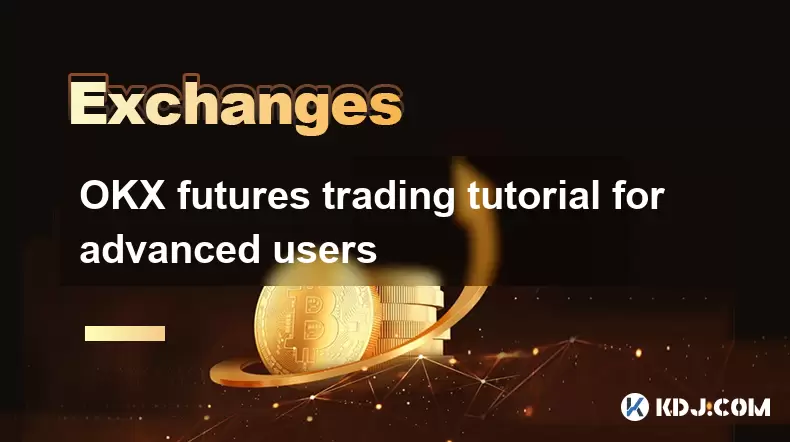
OKX futures trading tutorial for advanced users
Jul 09,2025 at 07:29am
<h3>Understanding OKX Futures Trading Interface</h3><p>Before diving into advanced strategies, it's crucial to have a deep understan...
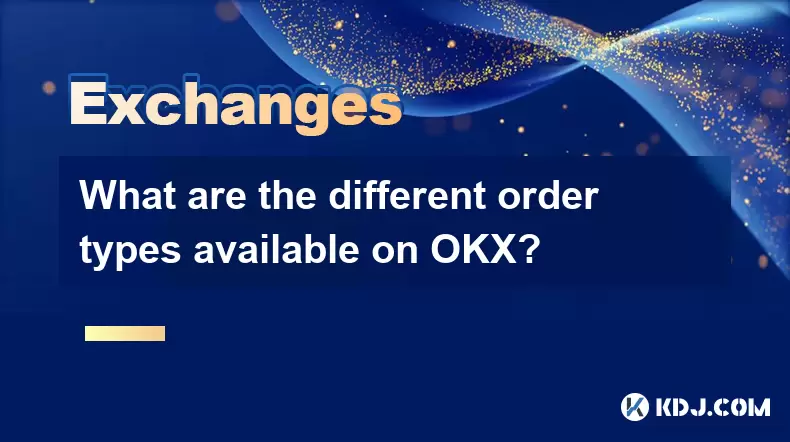
What are the different order types available on OKX?
Jul 08,2025 at 10:15pm
<h3>Understanding Order Types on OKX</h3><p>OKX is one of the leading cryptocurrency exchanges globally, offering a wide array of tr...
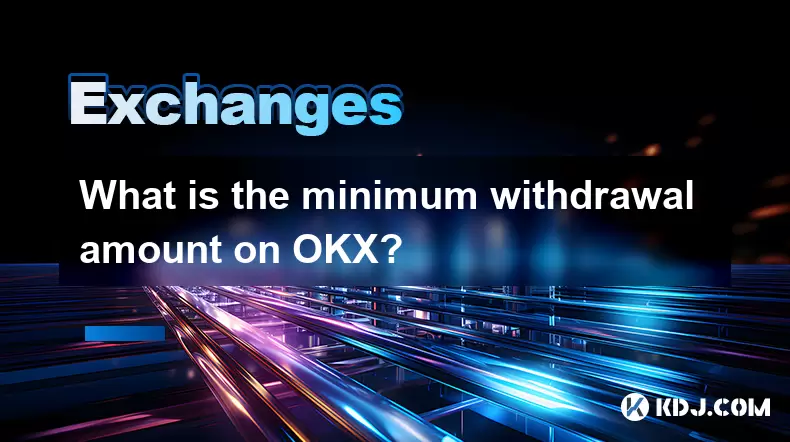
What is the minimum withdrawal amount on OKX?
Jul 08,2025 at 08:21pm
<h3>Understanding the Minimum Withdrawal Amount on OKX</h3><p>When using a cryptocurrency exchange like OKX, users often need to und...

Does OKX offer crypto loans?
Jul 09,2025 at 09:36am
<h3>Understanding Crypto Loans on OKX</h3><p>OKX is one of the leading cryptocurrency exchanges globally, offering a wide range of f...
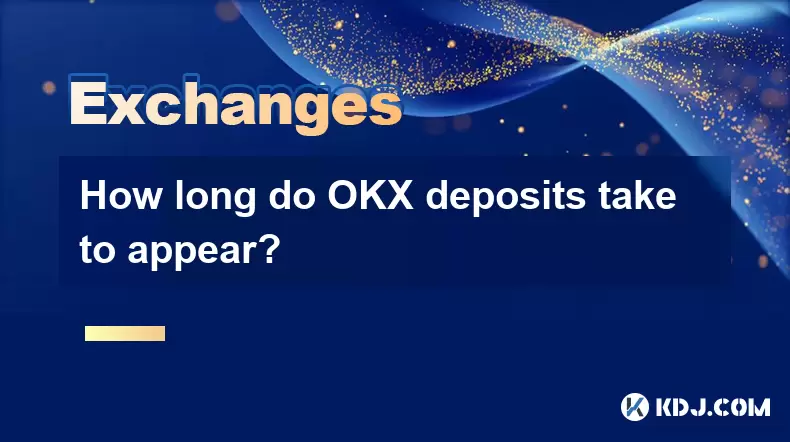
How long do OKX deposits take to appear?
Jul 08,2025 at 08:15pm
<h3>Understanding OKX Deposit Times for Cryptocurrencies</h3><p>When using OKX, one of the most common concerns among users is how l...
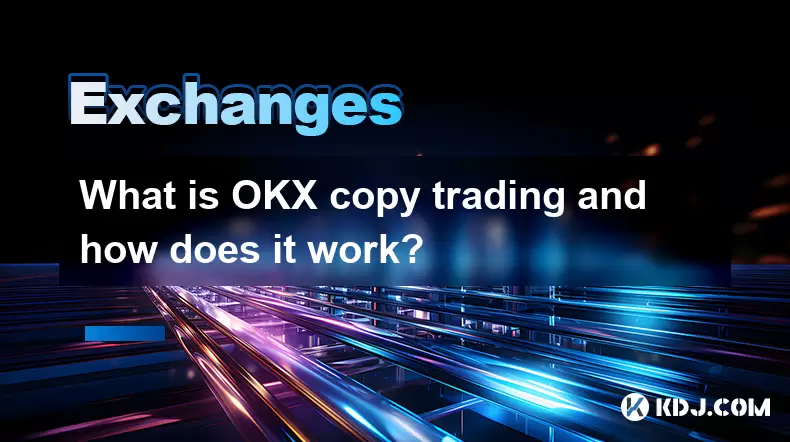
What is OKX copy trading and how does it work?
Jul 09,2025 at 06:00am
<h3>Understanding OKX Copy Trading</h3><p>OKX copy trading is a feature offered by the OKX cryptocurrency exchange that allows users...

OKX futures trading tutorial for advanced users
Jul 09,2025 at 07:29am
<h3>Understanding OKX Futures Trading Interface</h3><p>Before diving into advanced strategies, it's crucial to have a deep understan...

What are the different order types available on OKX?
Jul 08,2025 at 10:15pm
<h3>Understanding Order Types on OKX</h3><p>OKX is one of the leading cryptocurrency exchanges globally, offering a wide array of tr...

What is the minimum withdrawal amount on OKX?
Jul 08,2025 at 08:21pm
<h3>Understanding the Minimum Withdrawal Amount on OKX</h3><p>When using a cryptocurrency exchange like OKX, users often need to und...

Does OKX offer crypto loans?
Jul 09,2025 at 09:36am
<h3>Understanding Crypto Loans on OKX</h3><p>OKX is one of the leading cryptocurrency exchanges globally, offering a wide range of f...

How long do OKX deposits take to appear?
Jul 08,2025 at 08:15pm
<h3>Understanding OKX Deposit Times for Cryptocurrencies</h3><p>When using OKX, one of the most common concerns among users is how l...

What is OKX copy trading and how does it work?
Jul 09,2025 at 06:00am
<h3>Understanding OKX Copy Trading</h3><p>OKX copy trading is a feature offered by the OKX cryptocurrency exchange that allows users...
See all articles

























































































